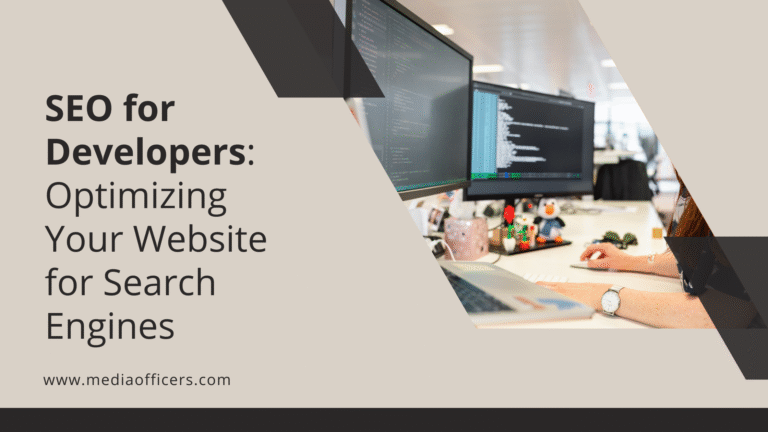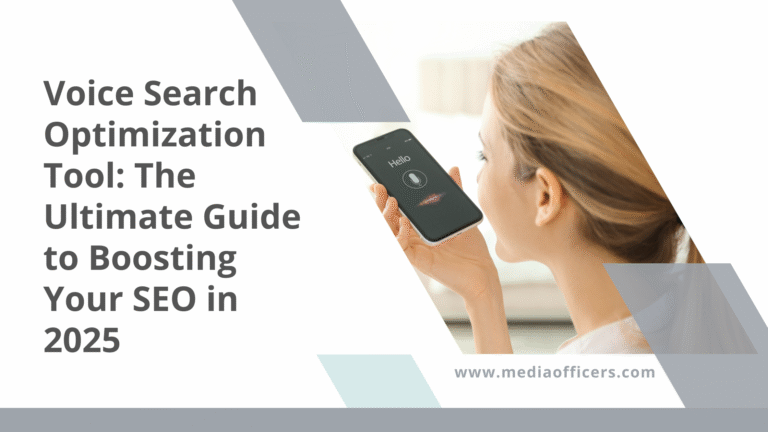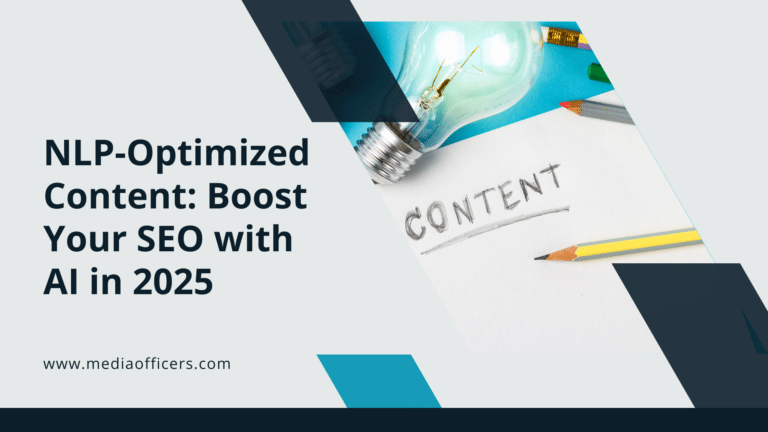|
Getting your Trinity Audio player ready... |
Site speed is the time it takes for a website to load its content and become fully functional for users. In today’s fast-paced digital environment, site speed is crucial for website success, impacting both user experience and search engine optimization (SEO) rankings. Search engines like Google have incorporated site speed as a significant factor in their ranking algorithms, making it essential for website owners to prioritize speed optimization for better visibility and performance.
The importance of site speed has increased in recent years due to the rise of mobile internet usage. With mobile users now outnumbering desktop users, the demand for fast-loading websites has become even more critical. Consequently, site speed has become a top priority for website owners and digital marketers aiming to improve SEO rankings and provide a seamless user experience.
This article will examine various aspects of site speed and its impact on SEO rankings, user experience, search engine crawlers, bounce rates, and mobile SEO rankings. It will also discuss strategies for improving site speed and present case studies of successful site speed optimization efforts.
Key Takeaways
- Site speed is a crucial factor in determining SEO rankings, as search engines prioritize fast-loading websites.
- Slow site speed can lead to a poor user experience, resulting in higher bounce rates and lower conversion rates.
- Search engine crawlers prioritize fast-loading websites, leading to better indexing and higher visibility in search results.
- Slow site speed is directly linked to higher bounce rates, as users are more likely to leave a website that takes too long to load.
- Mobile site speed is a key factor in mobile SEO rankings, as mobile users expect fast-loading websites on their devices.
The Importance of Site Speed for User Experience
User Expectations and Engagement
Research has shown that users expect a website to load within 2-3 seconds, and any delay beyond that can result in a significant drop in engagement. From a user experience perspective, site speed impacts various aspects of a website, including navigation, interactivity, and overall satisfaction.
The Benefits of Fast Site Speed
A fast-loading website allows users to navigate seamlessly between pages, access content quickly, and interact with various elements without any lag or delay. This creates a positive impression and encourages users to spend more time on the site, ultimately leading to higher engagement and conversions.
Prioritizing Site Speed Optimization
Therefore, website owners must prioritize optimizing their site speed to ensure a positive user experience and keep visitors coming back for more. By doing so, they can improve user satisfaction, increase engagement, and ultimately drive business success.
How Site Speed Affects Search Engine Crawlers and Indexing

In addition to user experience, site speed also plays a crucial role in how search engine crawlers perceive and index a website. Search engines like Google use automated bots to crawl and index web pages, determining their relevance and ranking them accordingly. These crawlers have a limited amount of time to crawl each page, and slow-loading websites can hinder their ability to index content effectively.
This can result in certain pages or elements of a website being overlooked or not fully indexed, impacting its visibility in search engine results. Furthermore, site speed can also affect the frequency at which search engine crawlers revisit a website. If a website consistently loads slowly, search engines may reduce the frequency of their crawls, leading to outdated or incomplete indexing.
This can have a direct impact on a website’s SEO rankings, as search engines rely on accurate and up-to-date information to determine relevance and authority. Therefore, website owners must ensure that their site speed is optimized to facilitate efficient crawling and indexing by search engine bots.
The Relationship Between Site Speed and Bounce Rates
One of the most significant impacts of site speed on SEO rankings is its relationship with bounce rates. Bounce rate refers to the percentage of visitors who navigate away from a website after viewing only one page. Slow-loading websites often experience high bounce rates, as users are quick to abandon a site that fails to load within a reasonable time frame.
This can have detrimental effects on a website’s SEO rankings, as search engines interpret high bounce rates as a sign of poor user experience and relevance. High bounce rates not only signal to search engines that a website may not be meeting user expectations but also indicate a lack of engagement and conversion opportunities. As a result, websites with high bounce rates are less likely to rank well in search engine results, leading to decreased visibility and traffic.
By improving site speed and reducing load times, website owners can effectively lower bounce rates and improve user engagement, ultimately boosting their SEO rankings and online performance.
The Impact of Site Speed on Mobile SEO Rankings
With the increasing prevalence of mobile devices for internet access, site speed has become even more critical for mobile SEO rankings. Mobile users expect websites to load just as quickly on their devices as they do on desktops, if not faster. Slow-loading mobile websites can lead to higher bounce rates and decreased user satisfaction, negatively impacting SEO rankings.
In response to this trend, search engines like Google have introduced mobile-first indexing, which prioritizes the mobile version of a website for ranking and indexing. As a result, website owners must ensure that their mobile sites are optimized for speed and performance to maintain or improve their SEO rankings. This includes implementing responsive design, optimizing images and videos for mobile viewing, and leveraging caching and compression techniques to reduce load times.
By prioritizing mobile site speed, website owners can enhance their visibility in mobile search results and provide a seamless user experience across all devices.
Strategies for Improving Site Speed and SEO Rankings

Optimizing Images and Multimedia Content
One of the most effective approaches to improving site speed and enhancing SEO rankings is optimizing images and multimedia content to reduce file sizes and improve loading times. This can be achieved through compression techniques, lazy loading, and responsive image delivery, ensuring that visual elements do not compromise site speed.
Leveraging Browser Caching and Minimizing HTTP Requests
Another strategy is leveraging browser caching to store static resources locally on a user’s device, reducing the need for repeated downloads upon subsequent visits. By setting expiration dates for cached resources, website owners can improve load times for returning visitors and enhance overall site performance. Additionally, minimizing HTTP requests by combining CSS and JavaScript files can help streamline the loading process and reduce server response times.
Code Minification, Consolidation, and Content Delivery Networks
This can be achieved through code minification and consolidation, resulting in faster page rendering and improved user experience. Furthermore, implementing content delivery networks (CDNs) can distribute website content across multiple servers worldwide, reducing latency and improving load times for users in different geographic locations. CDNs also offer additional security features and scalability benefits, making them an effective solution for improving site speed and SEO rankings.
Case Studies and Examples of Successful Site Speed Optimization
Several case studies have demonstrated the positive impact of site speed optimization on SEO rankings and overall website performance. For example, Walmart reported a 2% increase in conversions for every 1-second improvement in load time, highlighting the direct correlation between site speed and user engagement. Similarly, Pinterest experienced a 40% decrease in bounce rates after reducing wait times by 40%, leading to higher user retention and improved SEO rankings.
By prioritizing site speed optimization, Pinterest was able to enhance its user experience and maintain its position as a leading visual discovery platform. Furthermore, Google itself has emphasized the importance of site speed by introducing the Core Web Vitals initiative, which focuses on key metrics related to user experience, including loading performance. Websites that prioritize optimizing their Core Web Vitals metrics are more likely to rank well in search results and provide a seamless user experience across all devices.
In conclusion, site speed plays a crucial role in determining SEO rankings and user experience. By prioritizing site speed optimization through various strategies such as image optimization, browser caching, code minification, CDN implementation, and more, website owners can improve their visibility in search engine results and provide a seamless browsing experience for their visitors. The impact of site speed on bounce rates, mobile SEO rankings, search engine crawlers, and overall website performance cannot be overstated, making it essential for website owners to prioritize site speed as part of their digital marketing strategy.
If you’re interested in learning more about how site speed can impact your SEO rankings, you may also want to check out this article on SEO Services for Florists. It provides valuable insights into how digital marketing strategies, including site speed optimization, can benefit businesses in the floral industry.
FAQs
What is site speed?
Site speed refers to how quickly a website loads and responds to user interactions. It is a measure of the time it takes for a web page to fully display its content.
How does site speed impact SEO rankings?
Site speed is a ranking factor for search engines like Google. Faster-loading websites tend to rank higher in search results, as search engines prioritize user experience and satisfaction.
What are the benefits of having a fast site speed for SEO?
Having a fast site speed can lead to improved user experience, lower bounce rates, higher conversion rates, and ultimately better SEO rankings. It also helps in increasing the crawl rate of search engine bots, leading to better indexing of web pages.
How can I improve my site speed for better SEO rankings?
You can improve your site speed by optimizing images, using browser caching, minifying CSS and JavaScript, reducing server response time, and utilizing content delivery networks (CDNs) to distribute content closer to users.
What tools can I use to measure my site speed?
There are several tools available to measure site speed, including Google’s PageSpeed Insights, GTmetrix, Pingdom, and WebPageTest. These tools provide insights into various aspects of site speed and offer recommendations for improvement.








